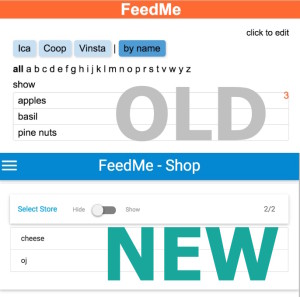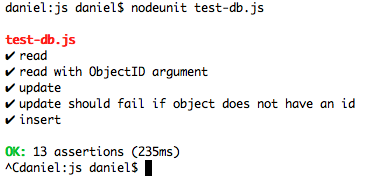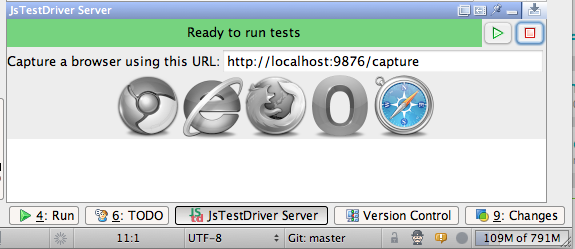Daniel and Martin have been in the same team since the beginning of summer and they’ve been collaborating in an unconventional way. Yassal interviews them to understand what’s been going on.
You’ve been successfully using mob programming with your team at Expressen for the past 6 months. How did you get started?
Daniel: The project started without any tech solutions in mind. We decided as a team that mob programming was a good way to figure out what tech stack to use. We had no backlog, but we sort of knew what we needed to do
Martin: I remember proposing this as the best way to do discovery work from a tech perspective. We didn’t know what language or tech platform we were aiming for, and this way we would learn more quickly as a team and could come to a decision.
So, what is mob programming anyway?
Daniel: I don’t really care about the formal definition, to me it’s group programming rather than pair programming. One person is at the keyboard and the others act as support, coming up with suggestions, or researching potential solutions. This helps the whole team stay on the same page, and makes sure that we’re all learning at the same pace.









